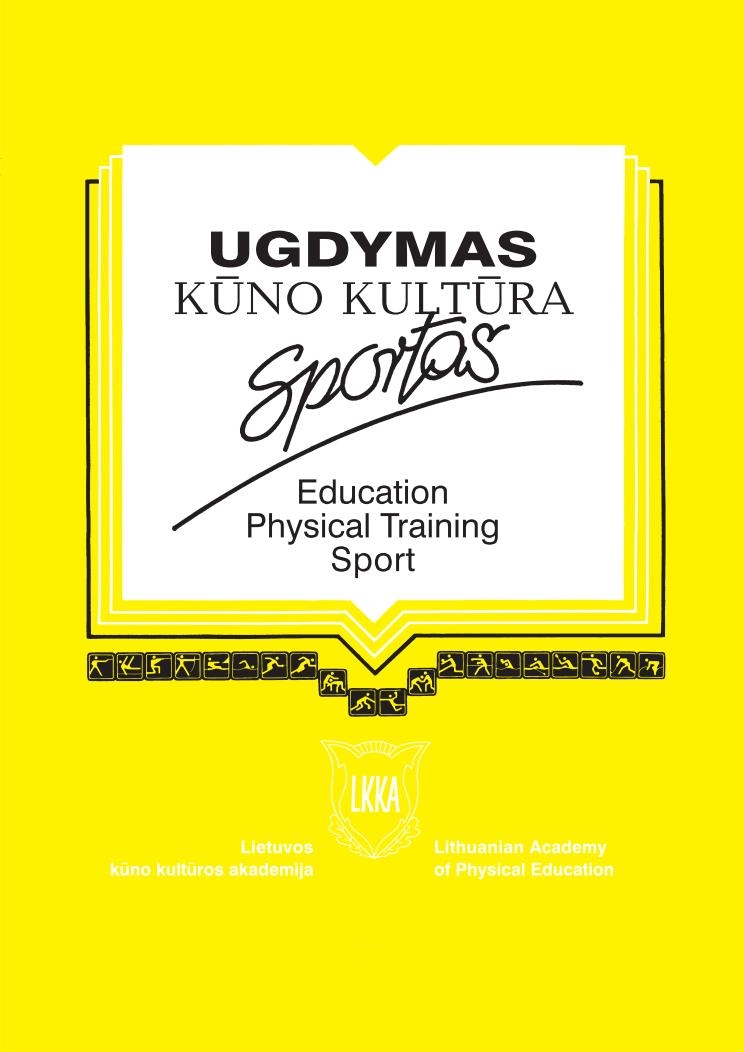How do Reaction Time and Movement Speed Depend on the Complexity of the Task?
Abstract
The aim of the research was to determine how the reaction time and the movement speed depend on the complexity of the task. The research was carried out in the Laboratory of Human Motor Control at the Lithuanian Academy of Physical Education (LAPE) applying the analyzer of dynamic parameters of human leg and arm movement (DPA-1; Patent No. 5251; 2005 08 25), which is used for the qualitative estimation of the dynamic parameters of one arm and leg target movement, two arms and legs coordinated and independent target movements, when the resistance power and target are coded with different programmable parameters. We registered the reaction time (RT) and the movement speed (Vmax) performing simple tasks of reaction and speed and a complicated task of accuracy. Research results indicated that performing a complicated task the reaction is slower, and the maximal movement speed is lower than performing a simple task. However, it does not mean that movement speed will be higher when the reaction is faster performing a simple task. The data obtained confirmed Hick’s law proposing that reaction time is directly proportional to the complexity of the task because performing the tasks of different levels of complexity the reaction time values of the right arm were statistically significantly different (p < 0.001). After performing the analysis of variation coefficients we established that the highest coefficient of variation was received from the indices of movement speed performing a speed task (23%), and the lowest — of reaction time performing a reaction task (10%). The obtained results confirm other authors’ suggestion that performing a complicated task the reaction time is a more steadily controlled index than maximal movement speed. A strong correlation was determined between the reaction time values performing the tasks of reaction and accuracy, but there was no statistical link between the maximal speed values performing the tasks of speed and accuracy. This indicates that if the movement speed is high performing a simple task, it does not mean that it will be high performing a complicated task. Conclusions: 1) performing a complicated task reaction time is longer, and maximal movement speed is lower than performing a simple task; 2) the complexity of the task more impacts the dispersion of results of the movement speed than of the reaction time; 3) high speed performing a simple task does not indicate that it will be high performing a complicated task.
Keywords: reaction time, movement speed, the complexity of the task.






